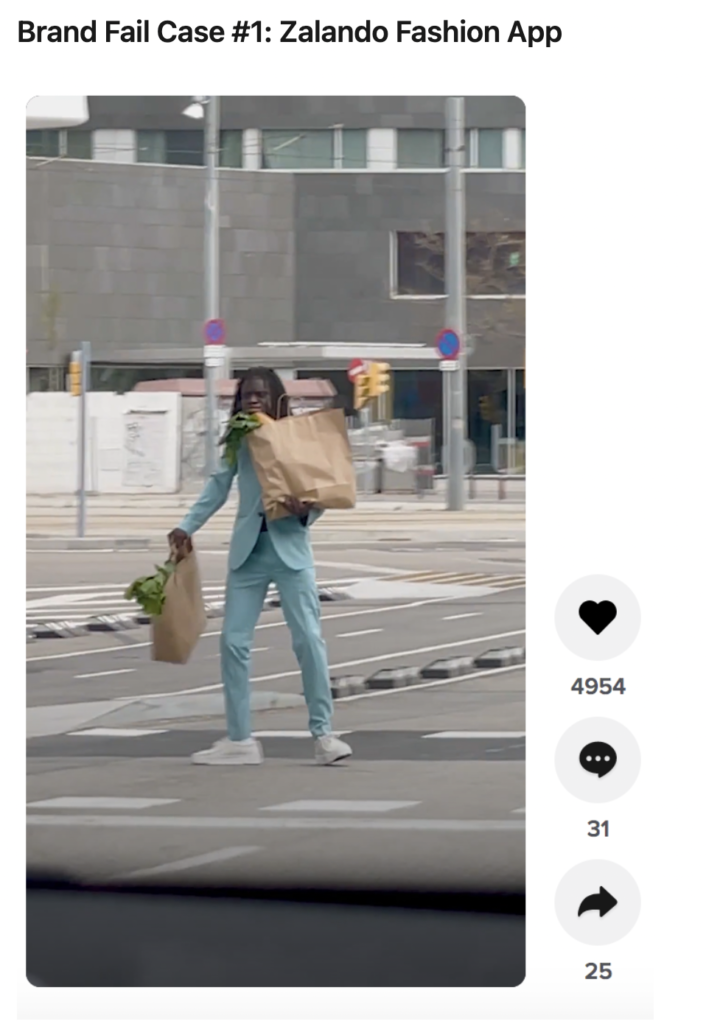Attracting new users to the world’s most popular language learning app by teaching the meaning of TikTok hashtags.
One really good example is how some brand use TikTok for their Gen-z audience. These brands left the traditional marketing behind. Did research of what the desired target group thinks and acts and make the best media campaigns. One of the big winners is Duolingo
In august 2021, back-to-school season, Duolingo launched a campaign with the objective of increasing awareness and consideration for the brand, in addition to bringing new users to the app. They turned to TikTok to deliver an effective message to both a qualified and massive audience.
In the creative assets, the brand’s owl mascot and other characters teach the meaning of popular hashtags on TikTok, such as #fy, #trend, #stitch and #cringe, and invite the audience to “install now” the app. Using a vocabulary that is common among TikTok users was crucial for the brand to get attention and increase engagement. Now other brands followed this tactic like brand as Ryanair, Paralympics. But as I said before this will only work for a certain target group if you attack the campaign in a way your desired target group is interacting with it.


There is this campaign from Zalando that completely flopped because you clearly felt you were watching a tv commercial adapted to a mobile platform. It’s nice but not relatable. Made the way tv commercials are made: to be looked at, not to look at you
Sources:
Duolingo | TikTok for Business Case Study. (2022, March 22). TikTok for Business. https://www.tiktok.com/business/en/inspiration/duolingo-509
Cardoso, L. (2021, May 27). TikTok Language: A Visual Guide To Why Brands Are Failing On TikTok. https://www.linkedin.com/pulse/tiktok-language-visual-guide-why-brands-failing-middleton/